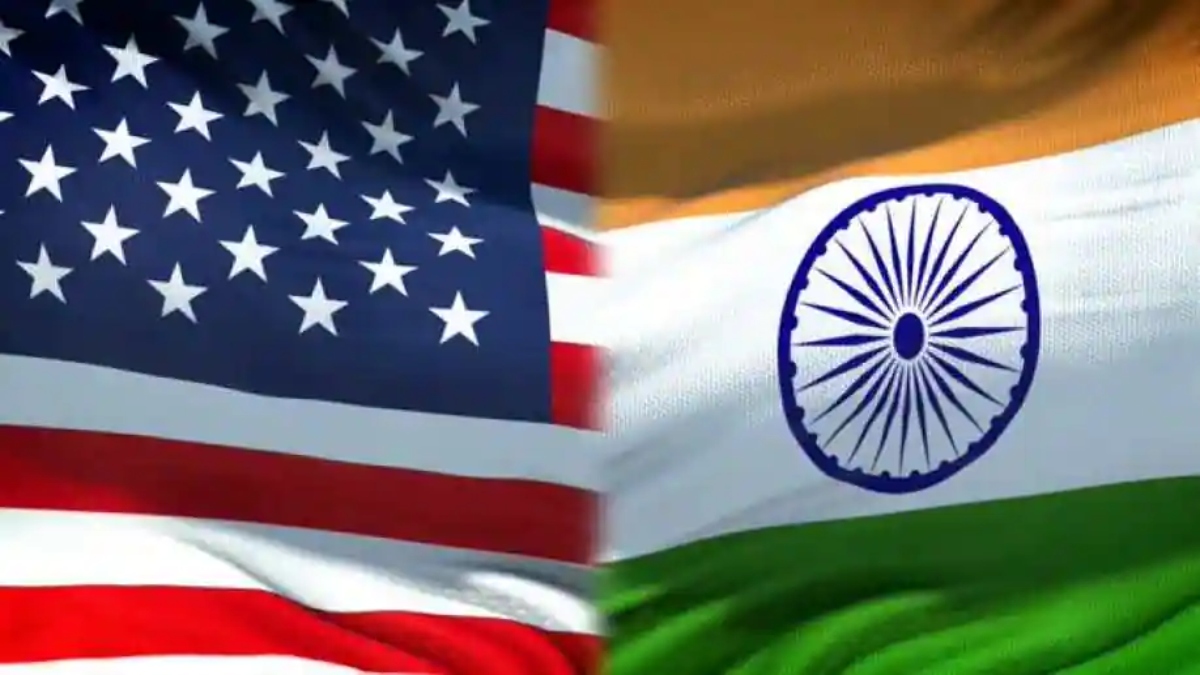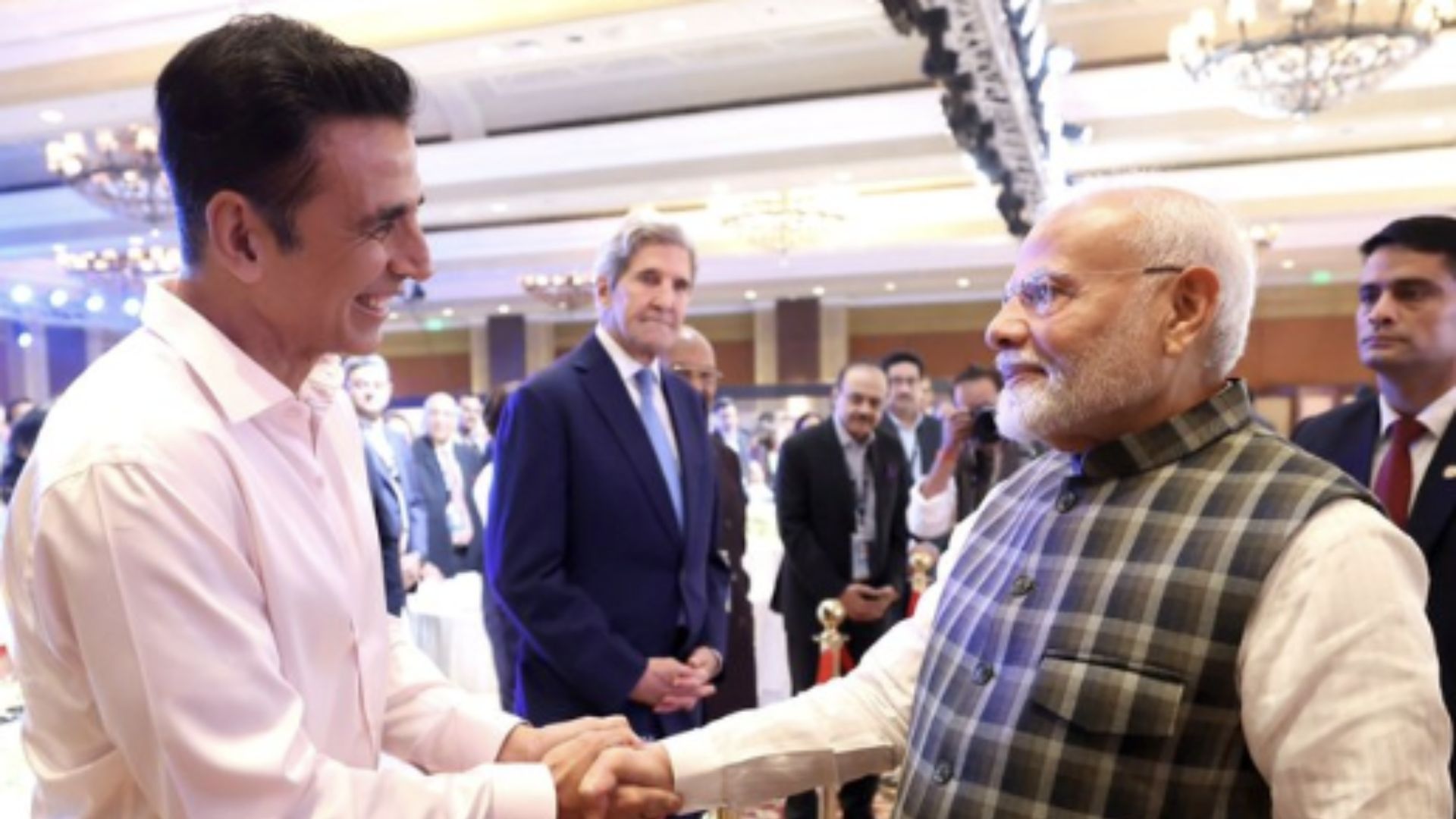
The just released “Indo-Pacific Strategy of the United States” (February 2022) is an important document from the White House, for it makes the Indo-Pacific the central pillar of US foreign policy, or as it quotes President Joe Biden: “The future of each of our nations—and indeed the world—depends on a free and open Indo-Pacific enduring and flourishing in the decades ahead.” From the perspective of US foreign policy, this pivot to Asia is justified given the numbers that this region throws up—it is not only home “to more than half of the world’s people, nearly two-thirds of the world’s economy, and seven of the world’s largest militaries” but also supports “more than three million American jobs” and is the source of $900 billion of FDI in the US. What is striking about the document is the unambiguous focus on the People’s Republic of China as the malign power that must be contained: “This intensifying American focus is due in part to the fact that the Indo-Pacific faces mounting challenges, particularly from the PRC. The PRC is combining its economic, diplomatic, military, and technological might as it pursues a sphere of influence in the Indo-Pacific and seeks to become the world’s most influential power.” The document is categorical: “Our collective efforts over the next decade will determine whether the PRC succeeds in transforming the rules and norms that have benefitted the Indo-Pacific and the world.” While mentioning PRC’s “coercion and aggression that spans the globe” but is most intense in the Indo-Pacific, the document talks about the “economic coercion of Australia to the conflict along the Line of Actual Control with India to the growing pressure on Taiwan and bullying of neighbors in the East and South China Seas”. And adds that it is the allies and partners of the US in this region that bear the brunt of PRC’s “harmful behavior”. At the same time, the documents asserts, the US “objective is not to change the PRC but to shape the strategic environment in which it operates, building a balance of influence in the world that is maximally favorable to the United States”, its allies and partners, and the interests and values they share.
The “strategic ends” are to “advance a free and open Indo-Pacific that is more connected, prosperous, secure, and resilient”. This can be achieved by strengthening “the US role” and by building “collective capacity with allies and partners and with regional institutions”. And the “strategic means” to achieve the “strategic ends” are “modernized alliances; flexible partnerships, including an empowered ASEAN, a leading India, a strong and reliable Quad, and an engaged Europe; economic partnership; new U.S. defense, diplomatic, development, and foreign-assistance resources; sustained focus on and commitment to the region at all levels of the U.S. government”.
That India is at the centre of the US’ Indo-Pacific strategy is clear. Apart from the specific mention of India’s concern against China’s aggression along the Line of Actual Control, the document also says that while steadily advancing US’ “Major Defense Partnership with India”, it also supports India’s “role as a net security provider” for the Indo-Pacific. This echoes what Prime Minister Narendra Modi has been saying about India’s role in the Indo-Pacific—to be the “net security provider”, where its work is not just limited to conducting anti-piracy patrolling and maritime capacity building for countries of the region or disaster management, but also being reliable defence partners for these countries. It is in this context that India’s recent sale of the indigenous Brahmos missiles to Philippines has to be seen. Apparently, Vietnam too is looking to buy similar missiles from India. This will be a huge boost to India’s defence manufacturing at home.
There is one whole paragraph on India in the section “Indo-Pacific Action Plan”, to implement which the US will pursue “ten core lines of effort in the next 12 to 24 months”. One of these “core lines” is India, or as the document describes it, “Support India’s continued rise and regional leadership”. Says the document: “We will continue to build a strategic partnership in which the United States and India work together and through regional groupings to promote stability in South Asia; collaborate in new domains, such as health, space, and cyber space; deepen our economic and technology cooperation; and contribute to a free and open Indo-Pacific. We recognize that India is a like-minded partner and leader in South Asia and the Indian Ocean, active in and connected to Southeast Asia, a driving force of the Quad and other regional fora, and an engine for regional growth and development.” And this reference is apart from the references to Quad, showing US seriousness is about its partnership with India.
The document ends by saying “As we enter a decisive decade that holds considerable promise and historic obstacles for the Indo-Pacific, the American role in the region must be more effective and enduring than ever”—which is excellent news for countries in the region, faced with PRC aggression. It’s also a huge message to the PRC. This strategy document should go a long way in assuaging the apprehensions that countries here have about US’ focus shifting from the Indo-Pacific to the Atlantic, with Rusia being seen as the main problem, and not PRC. If implemented with sincerity, here is a clear road map towards a secure and prosperous Indo-Pacific.













